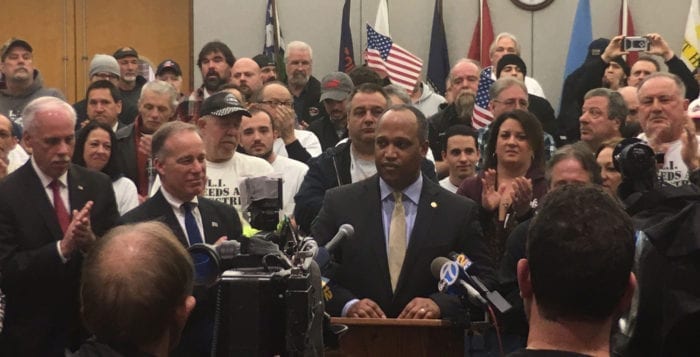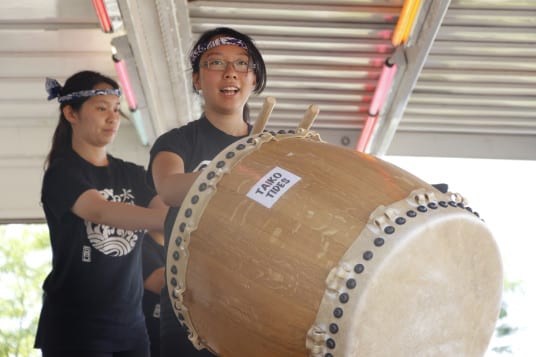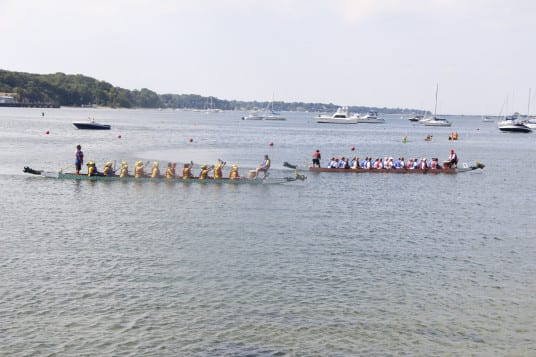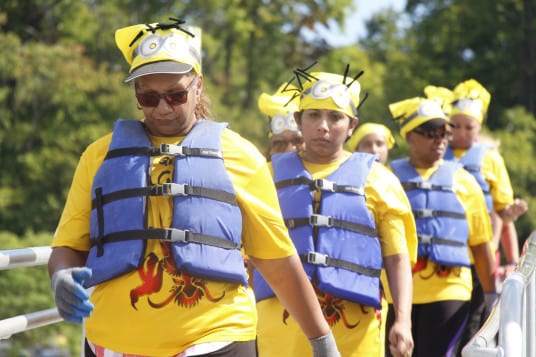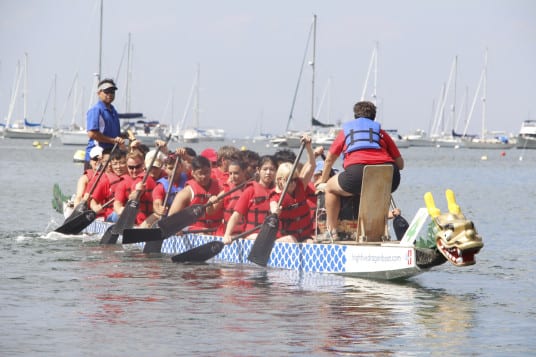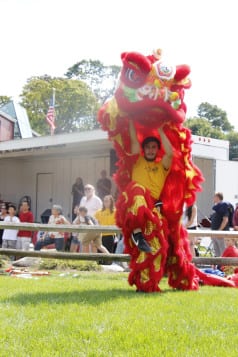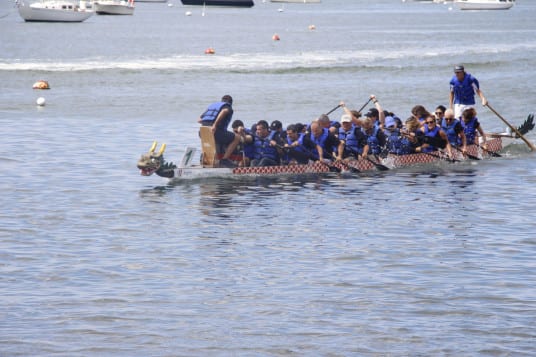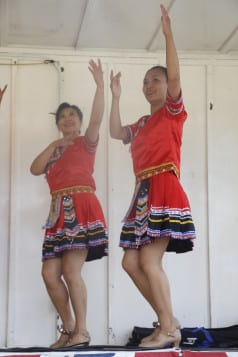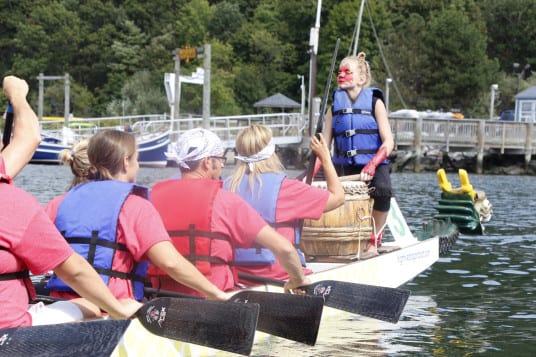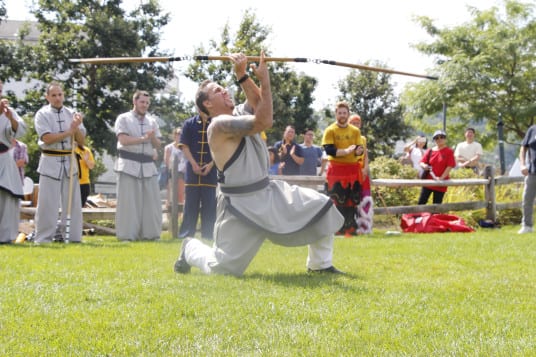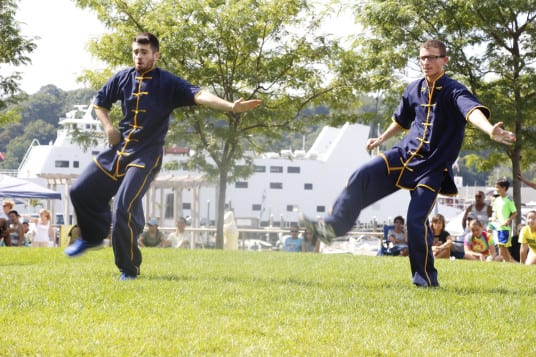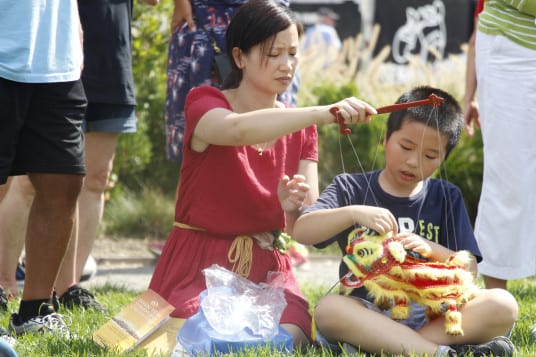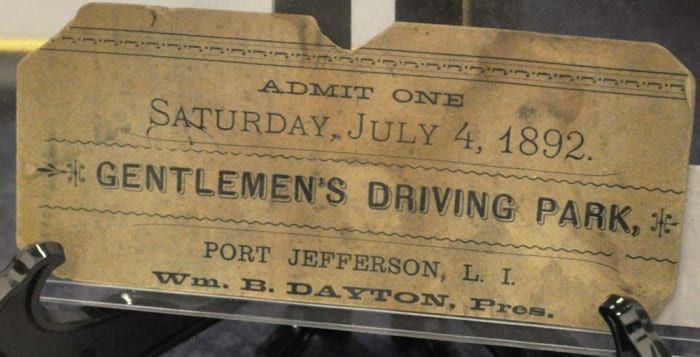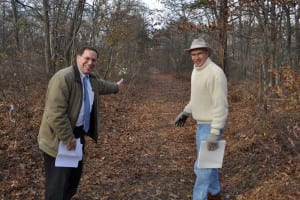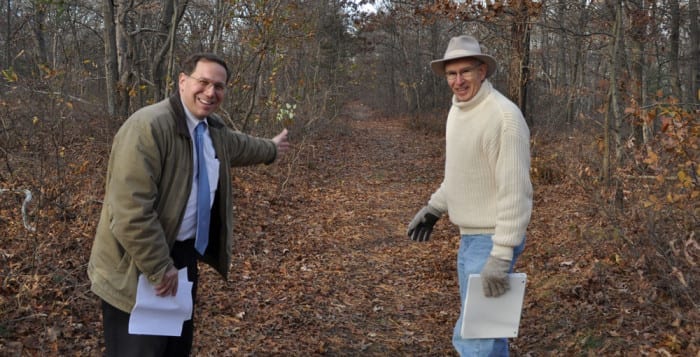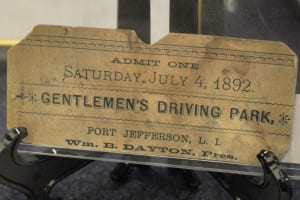Suffolk County is putting the pedal to the metal in an effort to build a drag strip for its need-for-speed residents.
A large crowd of more than 100 drag racing enthusiasts filled the auditorium at the Suffolk County Legislature Feb. 7 and cheered on as Presiding Officer DuWayne Gregory (D-Amityville) announced the formation of an ad hoc committee, consisting of a bipartisan group of legislators, representatives from the Department of Planning and the Suffolk County Supervisors’ Association, and members from the racing community, to start the process of bringing a family-oriented motorsports park to the county.

“Long Island has thousands of families who are passionate about racing as a sport, and providing a legal outlet for drag racing could bring tremendous benefits to Suffolk County,” Gregory said during the press conference.
The ad-hoc committee was suggested by Suffolk County Legislator Tom Cilmi (R-Bay Shore) after representatives from the “L.I. Needs a Dragstrip” advocacy group charged into the legislature auditorium in December to protest a resolution on the board’s agenda.
The board had been considering a bill for a master plan in Yaphank, but the racing community argued against accepting the master plan, claiming that the property would be better used as a drag strip. The group had been looking at some areas included in the master plan for a potential site to build on. Even though the Yaphank property wound up not being anywhere near large enough for what they were proposing, the passionate group had the board’s interest.
“I was really inspired by the passion of all those that came to the Legislature and we’re going to do all we can to try and make it a reality,” Cilmi said in a phone interview.
In terms of the crowd at both gatherings, Cilmi said, “it’s worth pointing out that in the room were young children, lots of women and lots of guys … it was a large group of very enthusiastic people and it’s not every day that you fill an auditorium with people all interested in one issue.”
The Suffolk legislators on the committee —Gregory, Cilmi, Al Krupski (D-Cutchogue), and Rob Trotta (R-Fort Salonga) — will explore potential locations in Suffolk for the drag strip, which is projected to occupy between 100 and 200 acres, as well as the economic boom a full-fledged drag strip could bring to the struggling county.
“Long Island has thousands of families who are passionate about racing as a sport, and providing a legal outlet for drag racing could bring tremendous benefits to Suffolk County.”
—DuWayne Gregory
Gregory said the committee hopes the drag strip will deter the illegal and dangerous street racing that’s been known to take place in areas like Wyandanch. Another task is to make sure the local community and neighboring towns are behind the project and understand their quality of life will not be disrupted by it.
In building the drag strip, the committee anticipates growth in the local racing-related industry, like shops that paint the racing cars and work on engines, and job creation in those fields. There will also be food concessions within the arena, and spectators who could potentially come out and spend money at surrounding restaurants and hotels.
Gregory said any large venue has the potential to attract thousands of people and effectively increase the county’s sales tax, which has been flat for the last few years — “Long Island is losing money in sales tax as residents and tourists flock to nearby states, including New Jersey, to use their drag racing strips.” He said estimates show that a drag strip could generate more than $100 million in revenue.
He proposed that this would be “a safe and enjoyable attraction that people [will] want to come to.”
Kruspki, who grew up in Cutchogue and remembers his grandfather taking him to the Riverhead Raceway when he was young, said the racing culture is still very much alive.
“A lot of people are really interested in this and enjoy racing and working on cars and so to most people it’s more than a hobby, it’s more of a lifestyle,” he said in a phone interview. “I give DuWayne Gregory credit for putting this together; it’s a nice bipartisan group and everyone sees the value in it.”
While still too early to confirm any serious location ideas, the committee and members of the advocacy group have areas like Enterprise Park in Riverhead on a list of potential sites to build on. One of the motorsports advocates has expressed interest in contributing a piece of their own property.
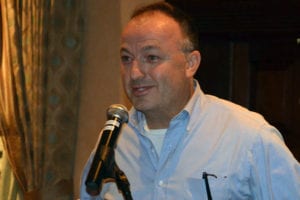
“It’s going to be tough to find a spot to put this because a lot of people won’t want to hear it,” Trotta said in a phone interview. “It’s going to have to be somewhere far away from most people, but we’re going to try our utmost [best] to find a place.”
Trotta, who has been consistently vocal about Suffolk’s current economic state, said while he doesn’t necessarily believe the drag strip will be “a savior of Suffolk County,” there’s great potential to bring in needed revenue.
“There’s not a resort in Nassau or Suffolk, and Long Island is bigger than most cities,” Trotta said. “There’s an opportunity for us to make something and mix it with the drag strip. We need people from the city to come out here and spend money.”
During the press conference, John Cozzali, a Mastic resident and founder of “Long Island Needs a Drag Strip,” said he was happy to see the Legislature taking a serious look at his group’s long-dreamt project.
“We look forward to working on this initiative, which we believe will have a positive economic impact for Long Island and will create a safe place for the new generation to come and race,” Cozzali said.
According to Gregory, the full economic analysis, conceptual planning of the racetrack and location securing should take roughly nine months.

